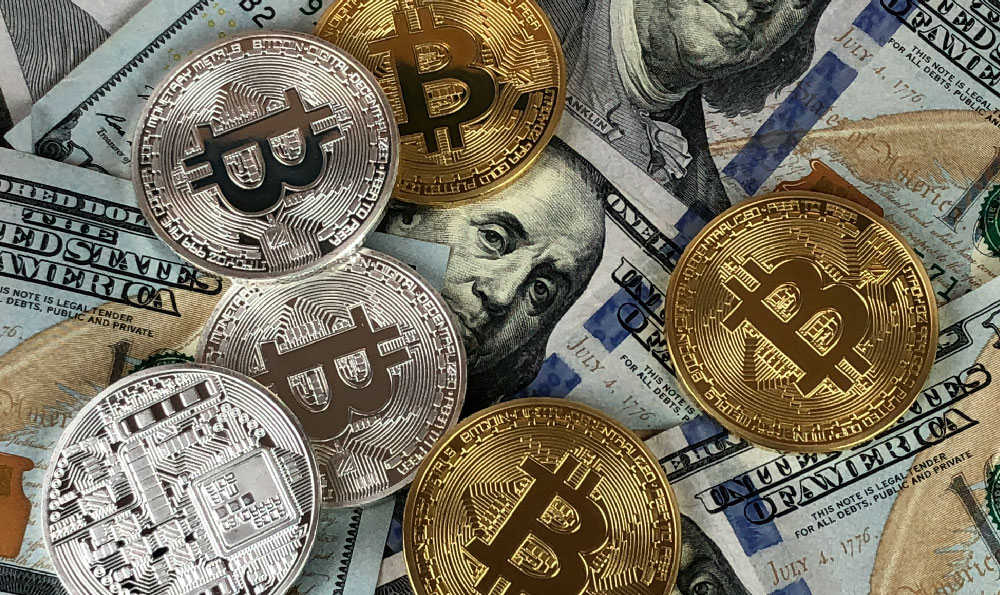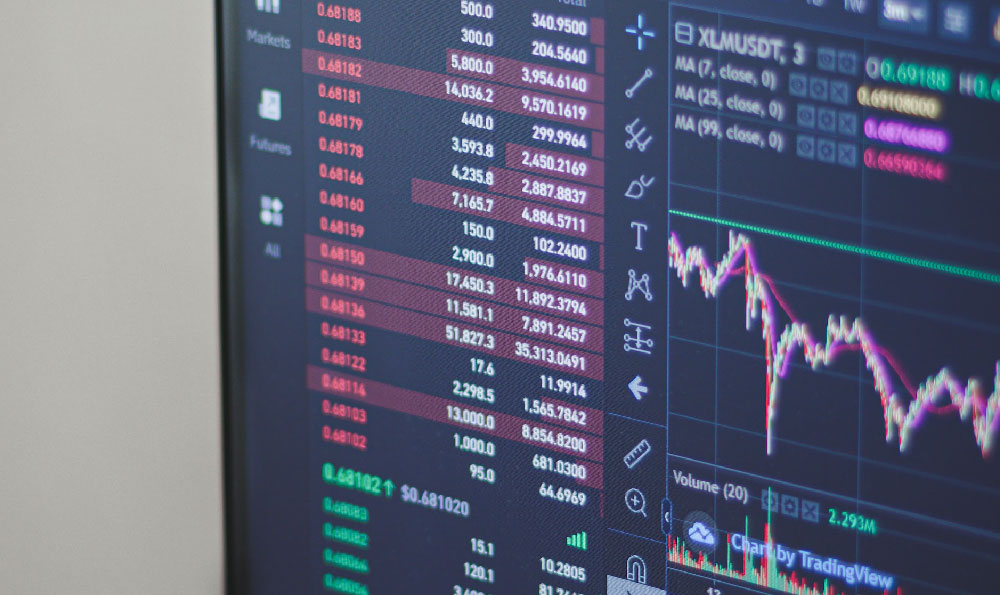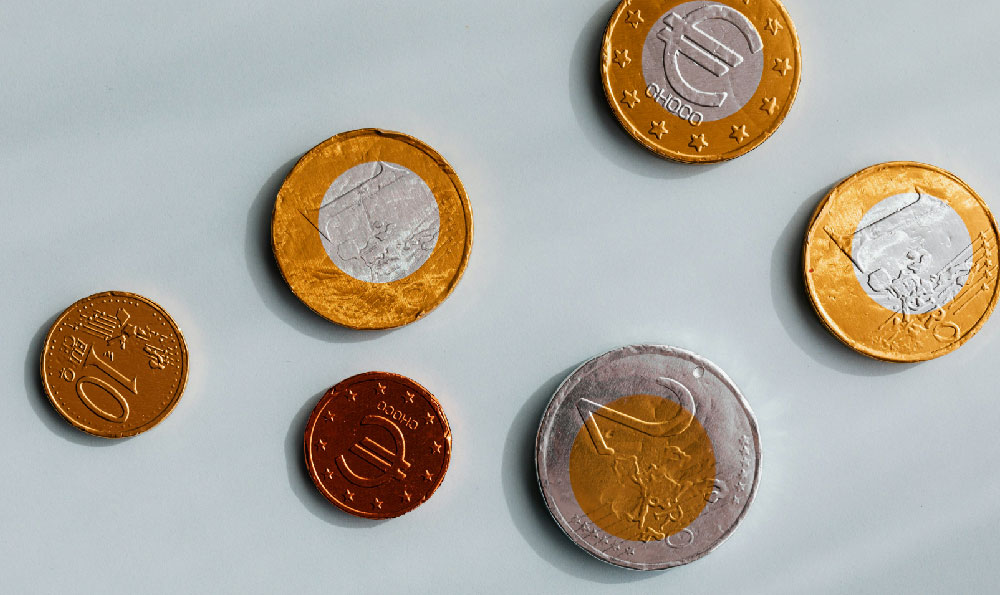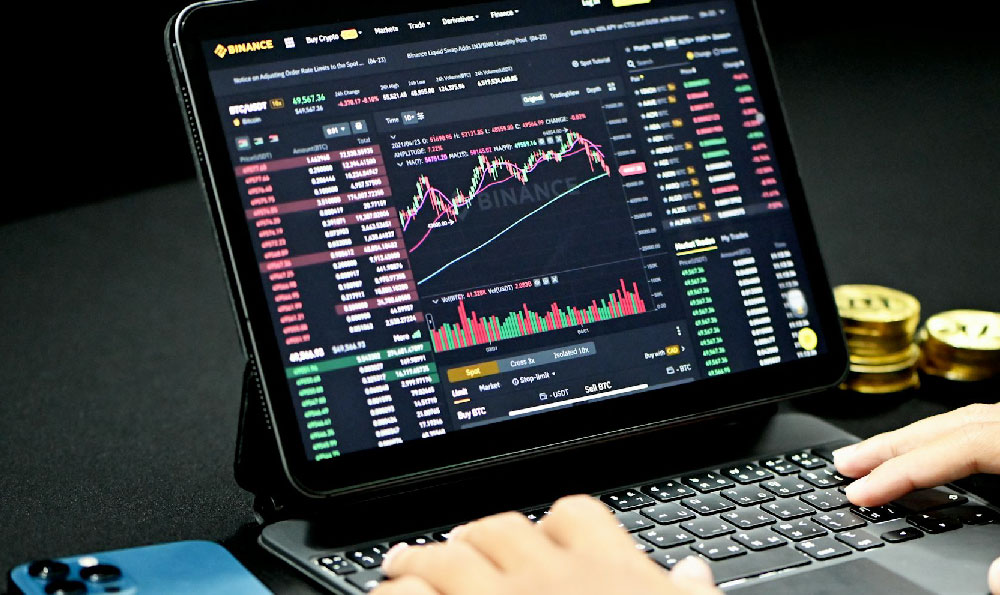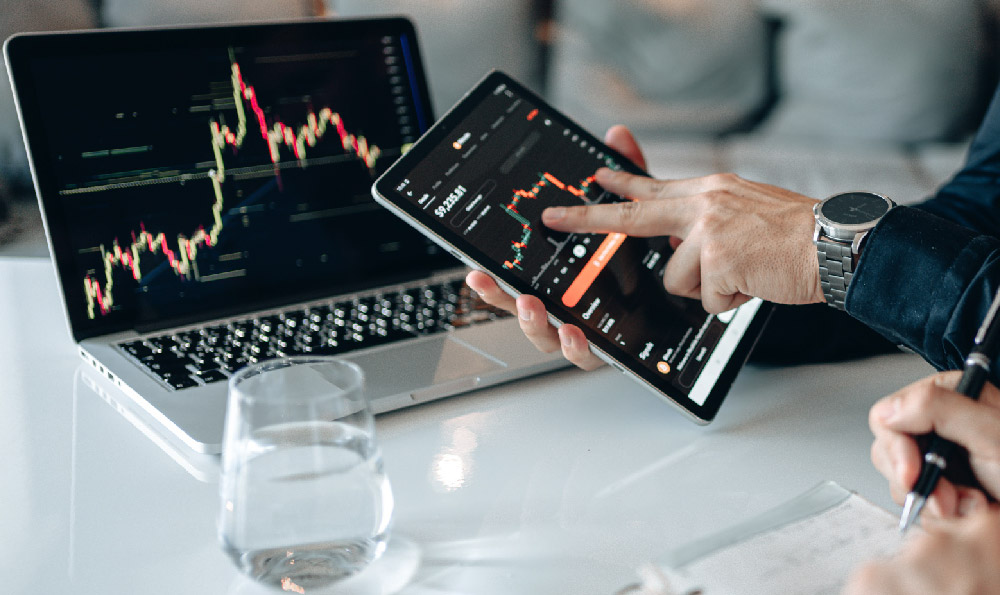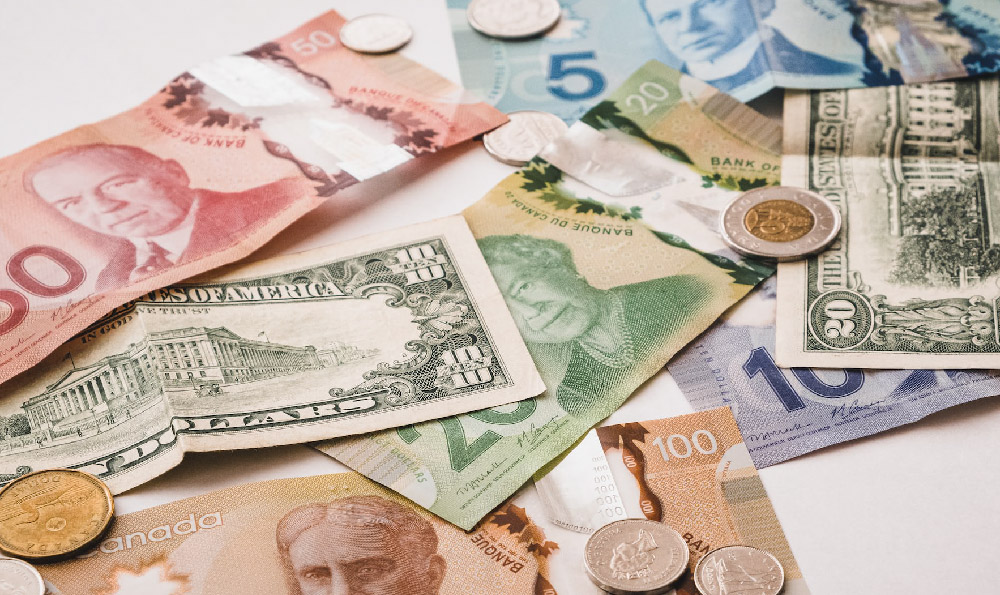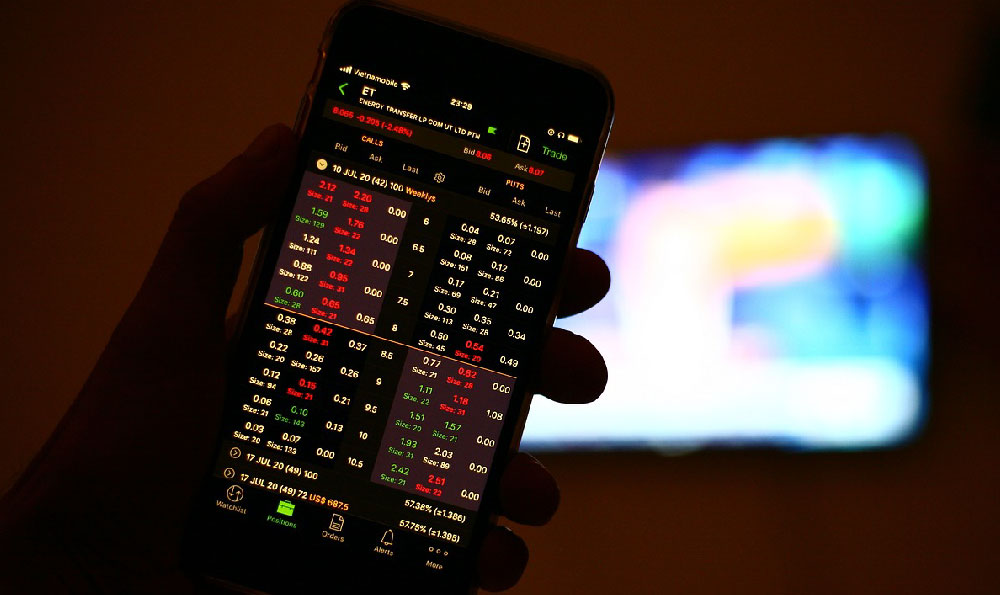Bitget Futures Fees: Navigating the Costs and Optimizing Your Trading Strategy
Understanding the fee structure of any trading platform is crucial for maximizing profitability, and Bitget Futures is no exception. While the potential for high returns in cryptocurrency futures trading is alluring, these returns can be significantly eroded by unchecked trading fees. This article delves into the intricacies of Bitget Futures fees, explaining what they are, how they are calculated, and, most importantly, how to minimize them to enhance your trading performance.
Decoding Bitget Futures Fees: A Two-Pronged Approach
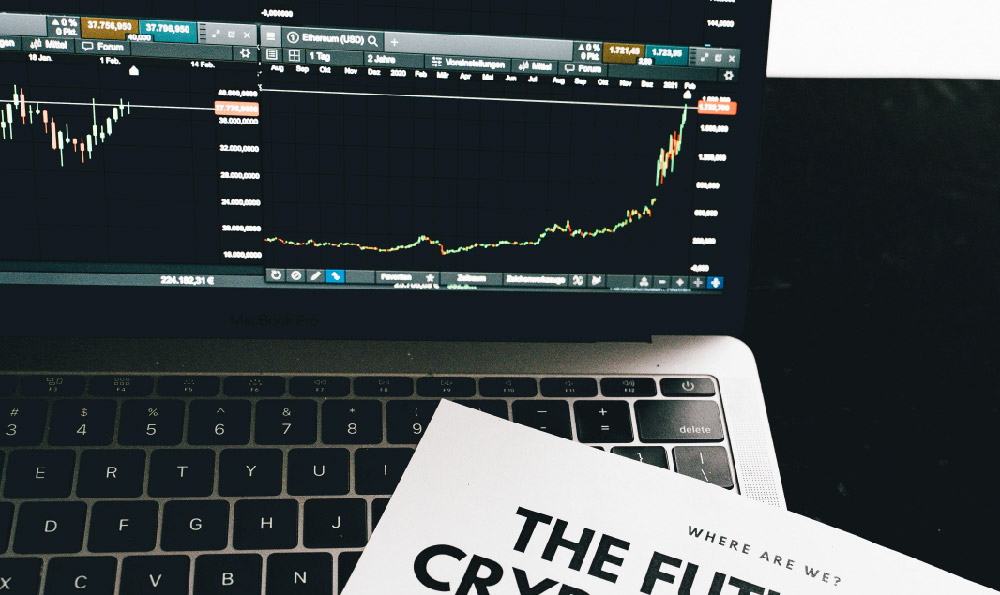
Bitget Futures, like most cryptocurrency derivatives exchanges, primarily charges two types of fees: taker fees and maker fees. These fees are not static; they fluctuate based on factors such as your trading volume and the specific cryptocurrency futures contract you are trading. Comprehending the difference between these two fees is paramount to cost-effective trading.
-
Taker Fees: Takers are traders who place market orders that are executed immediately against the existing order book. They "take" liquidity from the market. Because taker orders are filled instantly, they incur a higher fee than maker orders. Think of a taker as someone who walks into a store and buys something off the shelf at the posted price.
-
Maker Fees: Makers, on the other hand, place limit orders that are not immediately filled and are instead placed on the order book. They "make" liquidity by providing resting orders for other traders to fill. Maker orders are generally filled when the market price reaches the limit price set by the trader. Consequently, maker fees are typically lower than taker fees, sometimes even offering a rebate (a negative fee). Envision a maker as someone who places a price tag on an item in the store, waiting for a buyer to come along.
Beyond Taker and Maker: Other Potential Fees
While taker and maker fees represent the bulk of trading costs, it's crucial to be aware of other potential fees that might apply:
-
Funding Fees: These fees are unique to perpetual futures contracts and are designed to keep the contract price aligned with the underlying spot price. Funding fees are exchanged between traders based on the difference between the perpetual contract price and the index price. If the perpetual contract price is trading above the index price, longs pay shorts, and vice versa. These fees are typically paid out every eight hours.
-
Withdrawal Fees: When you withdraw your cryptocurrency from your Bitget account, you will incur a withdrawal fee. This fee varies depending on the specific cryptocurrency being withdrawn and is generally used to cover the network transaction costs.
-
Conversion Fees: If you convert between different cryptocurrencies on the Bitget platform, you may be charged a conversion fee.
Dissecting the Fee Structure: Factors Influencing Costs
Several factors influence the specific fees you pay on Bitget Futures:
-
Trading Volume: Bitget, like many exchanges, employs a tiered fee structure based on your 30-day trading volume. Higher trading volumes generally translate to lower fees.
-
VIP Level: Bitget has a VIP program that offers progressively lower fees to users who meet specific trading volume or asset holding requirements. Climbing the VIP tiers can significantly reduce your trading costs.
-
Contract Type: Different futures contracts may have slightly different fee structures. It is always advisable to review the fee schedule for the specific contract you intend to trade.
-
Holding BGB (Bitget Token): Holding and using Bitget's native token, BGB, can often unlock discounts on trading fees. This is a common practice among cryptocurrency exchanges to incentivize the adoption of their native tokens.
Strategies for Minimizing Bitget Futures Fees: A Practical Guide
Now that you understand the various fees associated with Bitget Futures, let's explore practical strategies for minimizing them:
-
Increase Trading Volume (Strategically): While chasing volume solely to lower fees can be risky, if you are a consistent trader, gradually increasing your volume can naturally lead to lower fees as you climb the VIP tiers. Focus on quality trades rather than forcing trades simply to reach a higher tier.
-
Become a Maker (When Possible): Employing limit orders whenever feasible allows you to act as a market maker and benefit from lower maker fees. This requires patience, as your orders may not be filled immediately, but it can significantly reduce your trading costs over time. Analyze the market conditions and determine when using limit orders is a viable strategy.
-
Utilize BGB (Strategically): If you believe in the long-term potential of Bitget and its native token, consider holding BGB to unlock fee discounts. Ensure that the potential fee savings outweigh the risks associated with holding a specific cryptocurrency token.
-
Optimize Funding Fee Management: Be mindful of the funding rate and time your trades accordingly. If you are holding a position that is subject to negative funding, consider closing or reducing your position before the funding payment occurs.
-
Plan Your Withdrawals: Consolidate your withdrawals to minimize withdrawal fees. Withdrawing smaller amounts more frequently will result in higher cumulative fees.
-
Consider a Different Exchange: While Bitget may be your preferred platform, compare its fee structure with those of other exchanges. Sometimes, switching to an exchange with lower fees, even if it means sacrificing some features, can be more cost-effective.
The Importance of Diligence and Ongoing Monitoring
The cryptocurrency market and exchange fee structures are constantly evolving. Therefore, it is imperative to stay informed about the latest fee schedules and promotional offers on Bitget. Regularly review your trading activity and calculate the impact of fees on your overall profitability. By understanding and actively managing your trading costs, you can significantly improve your chances of success in the world of cryptocurrency futures trading. Remember, a small reduction in fees can compound over time and lead to substantial savings.


